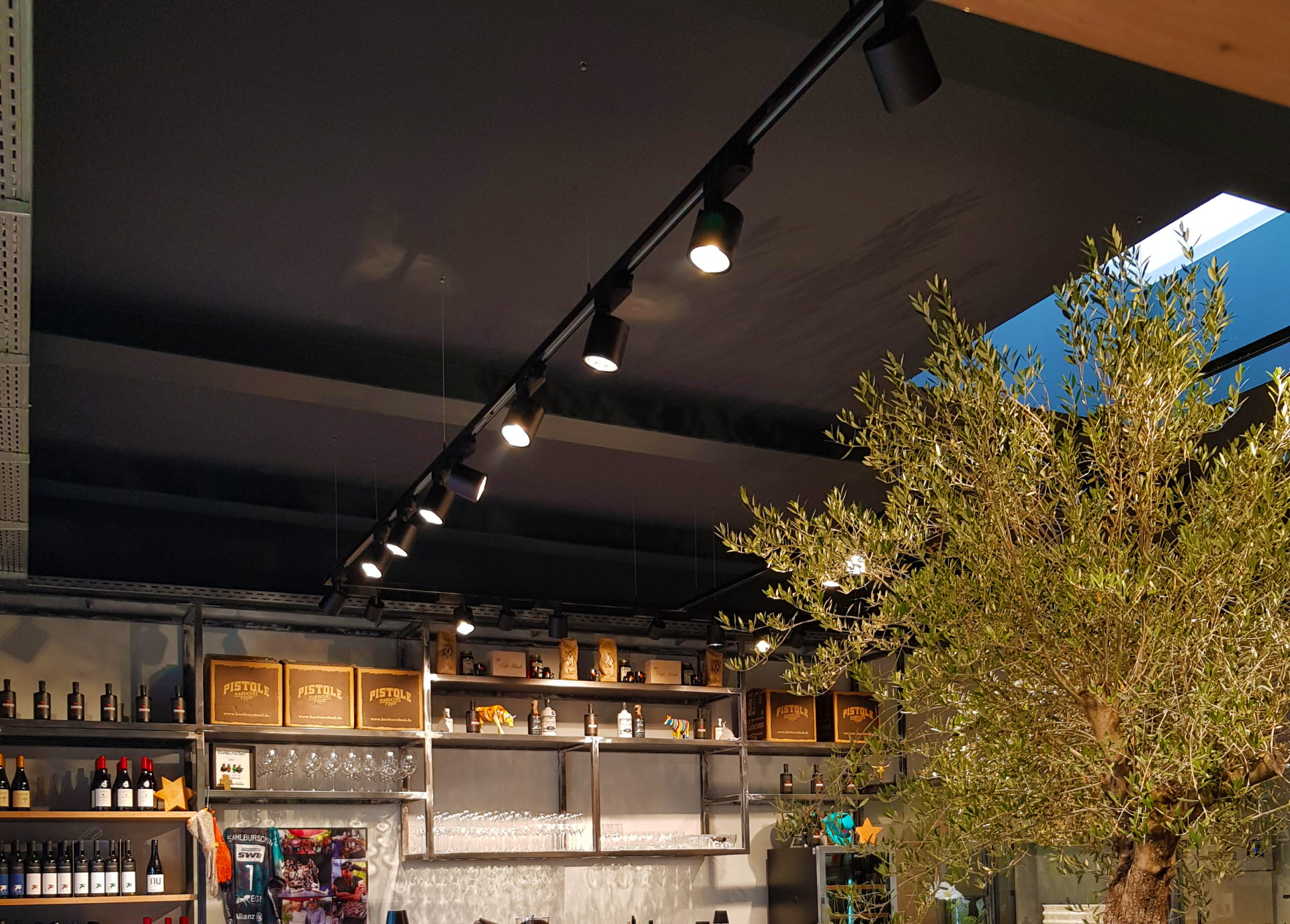Track Light Energy Saving Tips: Cut Costs via Selection & Use
By Powerstar

Meta Description: Track light energy saving tips to reduce costs. Learn how to select energy-efficient track lights (LED, smart) and use them properly (layout, maintenance) for lower electricity bills.

Energy-saving track lights are essential for both commercial spaces and homes, as they balance brightness with low energy consumption. Let’s explore practical ways to achieve track light energy saving.
Track Light Energy Saving: Why It’s Important
Track lights are commonly used in retail stores, art galleries, and living rooms. Their long daily operating hours make energy efficiency a top priority. By following track light energy saving methods, you can cut lighting energy usage by over 50%, as noted by ENERGY STAR, a leading source for energy-saving guidelines.
Part 1: Selecting Track Lights for Energy Saving
Prioritize High-Efficiency LED Track Lights
Traditional incandescent track lights waste 90% of energy as heat. In contrast, LED track lights convert 80-90% of energy into light.
- Look for models with 80-150 lumens per watt (lm/W). A 10W LED equals an 80W incandescent in brightness.
- Check energy labels: Choose ENERGY STAR certified or EU Energy Class A++ models.
- Brands like Philips Hue offer LED track lights with industry-leading efficiency.
Match Color Temperature & CRI to Your Space
Wasting energy on unnecessary light quality is avoidable:
- Color temperature (K): Use 3000K-4000K for living rooms (warm yet bright) and 4000K-5000K for retail (vibrant product displays).
- Color Rendering Index (CRI): Aim for Ra80+ for art galleries or clothing stores (accurate color). For garages or storage, Ra70 is sufficient—no need to overspend on CRI.
Opt for Smart-Controlled Track Lights
Intelligent features slash energy waste by adapting to use:
- Motion sensors: Ideal for hallways or warehouses—lights activate only when someone is present.
- Dimmers & timers: Apps like Lutron let you schedule off-hours or dim lights by 30% (saves 30% energy).
- Daylight sensors: Adjust brightness based on natural light (great for offices with large windows).
Part 2: Using Track Lights for Maximum Energy Saving
Plan Layout to Avoid Overlighting
Poor placement forces you to use more lights than needed:
- For 10x12ft rooms: 4-6 track lights (10-15W each) suffice.
- Arrange tracks in “L” or linear patterns to cover spaces evenly—avoid overlapping light.
- Use our Track Light Layout Guide for room-specific plans.
Adjust Angles & Brightness Daily
Small tweaks prevent energy waste:
- Angle lights to focus on targets (art, merchandise) instead of walls/ceilings.
- Lower brightness by 20% in evenings—most eyes adapt easily.
- In retail, turn off 50% of track lights during closing hours (keep 1-2 for security).
Clean & Maintain Regularly
Dust reduces light output by 20-30%, making you crank up brightness:
- Wipe fixtures monthly with a dry cloth.
- Check wiring yearly—loose connections waste energy.
- Replace bulbs after 25,000 hours (LEDs’ typical lifespan) to avoid efficiency drops.
Final Thoughts
By combining smart selection (LED, smart track lights) and proper usage (layout, maintenance), you can achieve significant track light energy saving. Start with switching to ENERGY STAR certified LED track lights for immediate cost reduction.
Need more options? Explore our Top Energy-Saving Track Lights review.

Smart track lights with app control are a great investment for long-term track light energy saving, adapting to your needs while cutting costs.

